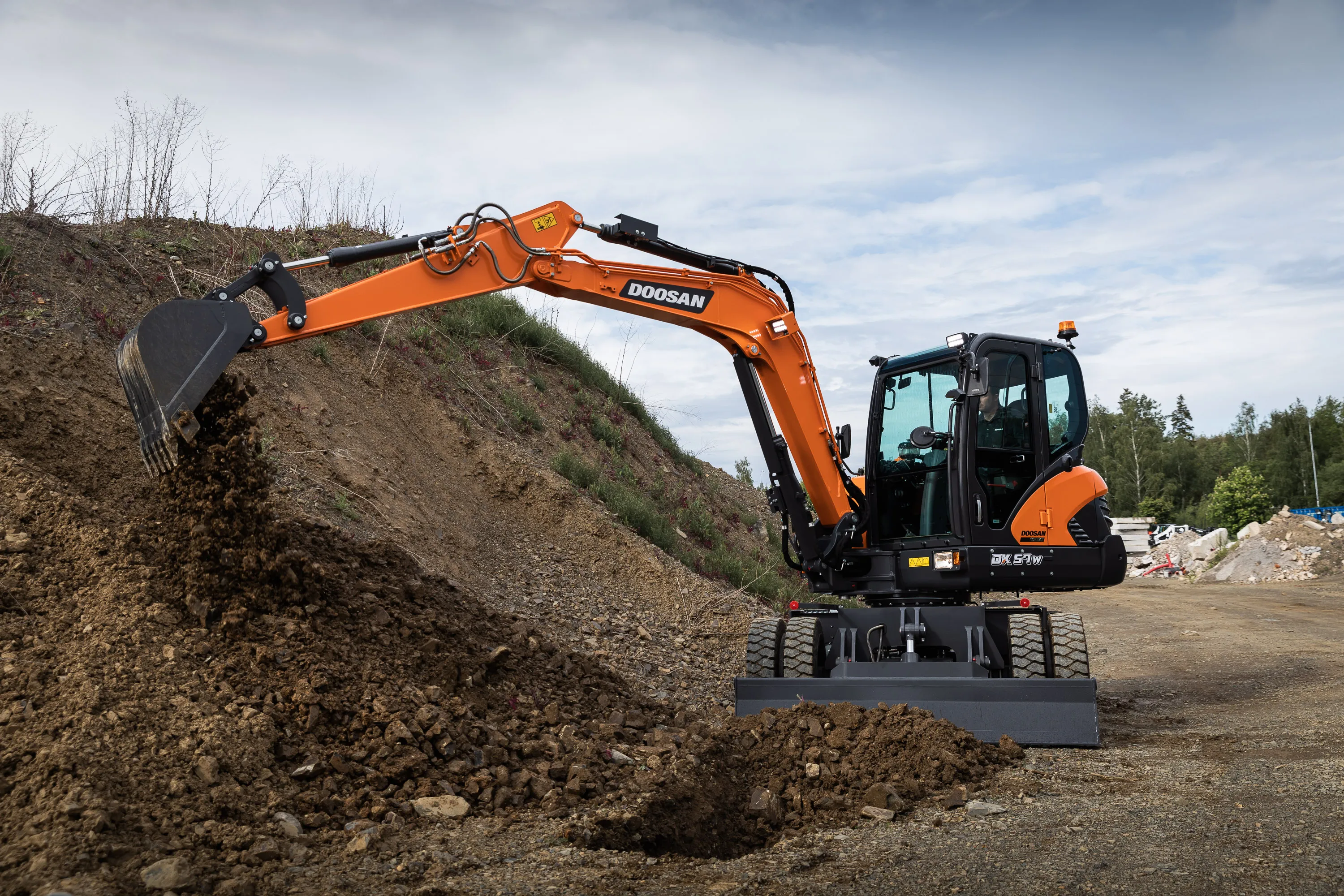A massive growth in sales is expected for electric vehicles and hybrid vehicles in coming years, according to a forecast from specialist IDTechEx. According to the report, the total global gross value market for hybrid and pure electric vehicles will reach US$334 billion by 2020. At present the total global gross value market for hybrid and pure electric vehicles is worth some $69 billion. The report suggests that the market for these vehicles will primarily consist of large or very heavy duty vehicles, nei
December 12, 2013
Read time: 2 mins
A massive growth in sales is expected for electric vehicles and hybrid vehicles in coming years, according to a forecast from specialist IDTechEx. According to the report, the total global gross value market for hybrid and pure electric vehicles will reach US$334 billion by 2020. At present the total global gross value market for hybrid and pure electric vehicles is worth some $69 billion. The report suggests that the market for these vehicles will primarily consist of large or very heavy duty vehicles, neither of which is primarily bought on up-front price.
At the moment, the top 10 manufacturers of hybrid and pure electric vehicles include little known names such as Kion Industries and Jungheinrich due to their pure electric and hybrid forklifts.2728 Toyota has EV sales that dwarf those of its next nine competitors put together because it is number one in electric forklifts and hybrid cars and near the top with its electric buses. It cross fertilises the technologies in these sectors and continues to widen its portfolio, a variant on an electric motorbike being the latest example.
IDTechEx added that firms with a growing market share in this segment will include Yutong in the Chinese e-bus market, as China will buy over 80% of the world's electric buses. The report Electric Vehicle Forecasts, Trends and Opportunities 2014-2024 (www.idtechex.com/ev) provides information essential for those seeking to dominate niches or volume sales of electric vehicles by making either the vehicles themselves or their components.
The technology is changing and recent developments may see supercapacitors being used instead of batteries, silicon carbide and gallium nitride power components instead of silicon items and multiple energy harvesting. Pure electric buses are becoming more popular than hybrids and pure electric cars will take off in sales as range improves up to five fold.
Meanwhile, a new sector is growing rapidly - the car-like vehicles that are not homologated as cars so they are simpler and much lower in cost. These are the MicroEVs homologated as quadricycles in Europe, and aimed at massive markets such as electrifying the 3.2 million highly polluting three-wheeled taxis in the Philippines.
At the moment, the top 10 manufacturers of hybrid and pure electric vehicles include little known names such as Kion Industries and Jungheinrich due to their pure electric and hybrid forklifts.
IDTechEx added that firms with a growing market share in this segment will include Yutong in the Chinese e-bus market, as China will buy over 80% of the world's electric buses. The report Electric Vehicle Forecasts, Trends and Opportunities 2014-2024 (www.idtechex.com/ev) provides information essential for those seeking to dominate niches or volume sales of electric vehicles by making either the vehicles themselves or their components.
The technology is changing and recent developments may see supercapacitors being used instead of batteries, silicon carbide and gallium nitride power components instead of silicon items and multiple energy harvesting. Pure electric buses are becoming more popular than hybrids and pure electric cars will take off in sales as range improves up to five fold.
Meanwhile, a new sector is growing rapidly - the car-like vehicles that are not homologated as cars so they are simpler and much lower in cost. These are the MicroEVs homologated as quadricycles in Europe, and aimed at massive markets such as electrifying the 3.2 million highly polluting three-wheeled taxis in the Philippines.







